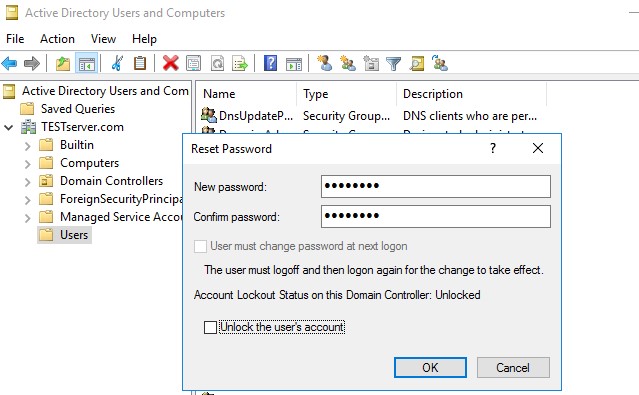Streamline Your User Import Process with Active Directory Tools
Streamline Your User Import Process with Active Directory Tools
Blog Article
Streamline Your IT Operations with Powerful AD Management Tools
Handling users in a Active Directory (AD) atmosphere is really a important job for IT administrators, and one of the very most common operations is importing people into the directory. Whether you're onboarding new employees or migrating from another program, an effective and structured consumer ad user password reset for maintaining a wholesome and arranged AD structure. In this step-by-step manual, we'll go through the most effective techniques for publishing people into Productive Listing, ensuring reliability, safety, and efficiency.
Step 1: Make the User Knowledge
Before importing consumers into AD, it's critical to get ready the required data. This typically includes individual titles, email addresses, cell phone numbers, divisions, and different appropriate attributes. The best practice is to use a structured format, like a CSV (Comma-Separated Values) file, to prepare and store the consumer information. Ensure that each order in the CSV fits to an AD attribute (e.g., First Title, Last Name, Username, etc.).
Seasoned Suggestion: Double-check the data for accuracy. Problems as of this stage can cause mistakes during the transfer method and produce difficulties down the line.

Stage 2: Pick the Right Transfer Process
There are many ways to import customers into AD, according to your requirements and available resources. For smaller groups, manual import using Active Listing Customers and Computers (ADUC) may suffice. Nevertheless, for bigger datasets, automation methods like PowerShell programs or third-party resources may save yourself time and reduce errors.
PowerShell is one of the most popular techniques for importing users. Using its effective scripting abilities, you can transfer consumer data from CSV files and create person reports in bulk. Additionally, PowerShell enables you to customize individual attributes through the import method, making it ideal for complex environments.
Step 3: Set Up Organizational Models (OUs)
Organizational Products (OUs) are accustomed to arrange users within Productive Directory. It's most readily useful practice to create a well-structured OU hierarchy before posting users. It will help streamline management tasks such as for instance class policies, access regulates, and reporting.
When importing users, assign them to the right OUs based on the team, position, or location. This not only keeps your AD organized but in addition assures that particular class procedures and permissions are applied correctly.
Stage 4: Transfer the Customers
After the data is prepared and OUs are setup, you can start the import process. If using PowerShell, the software may see the CSV record and build individual reports in AD on the basis of the provided attributes. You are able to contain additional alternatives, such as for example setting code guidelines, allowing accounts, or putting customers to certain communities, relying on your own organization's requirements.

Realization
Successfully publishing users into Effective Listing involves careful planning, precise data preparation, and the right tools. By following that step-by-step guide, IT administrators may guarantee an easy and prepared import process, reducing mistakes, improving security, and maintaining a clear and structured AD environment. Whether applying handbook practices or computerized methods, the main element to achievement is based on preparation, confirmation, and continuing management. Report this page